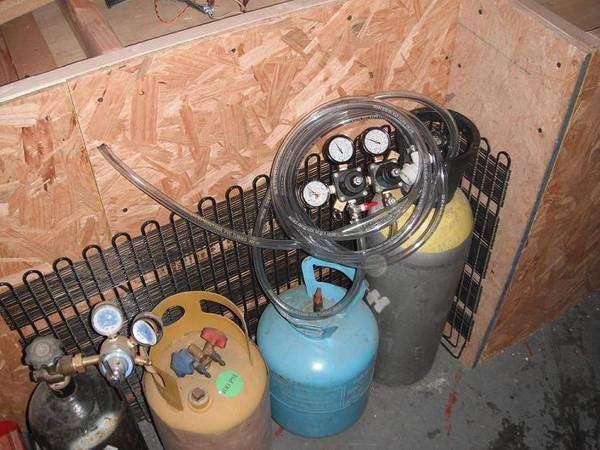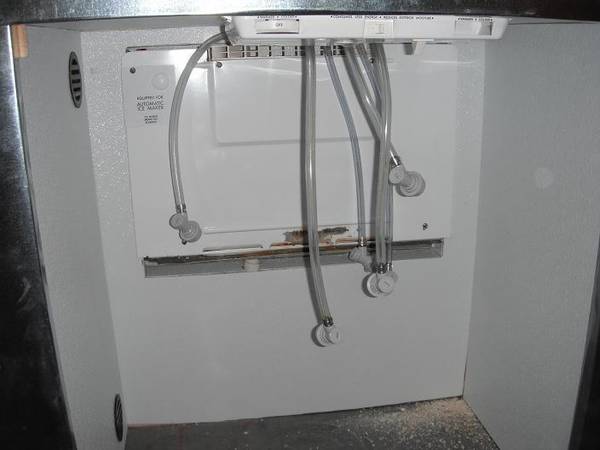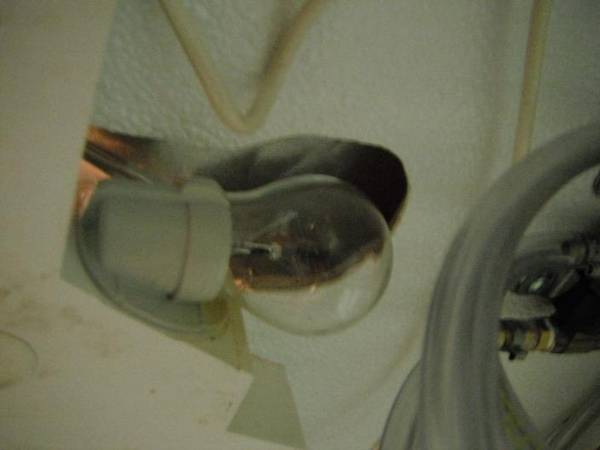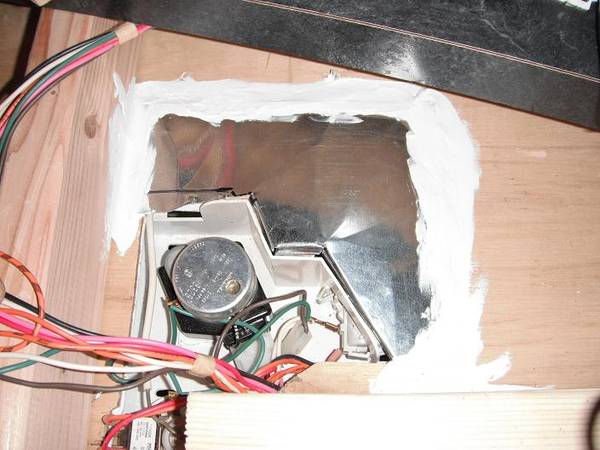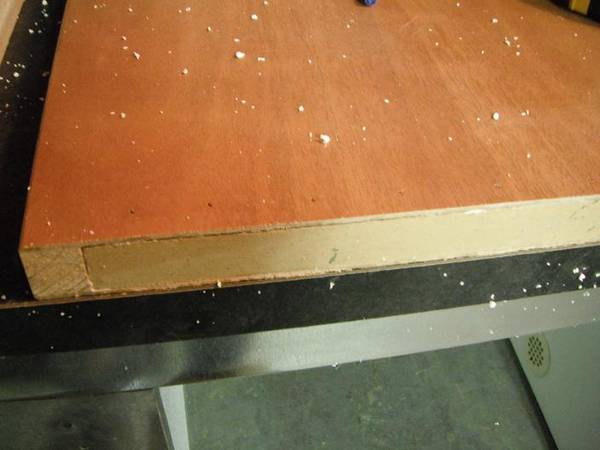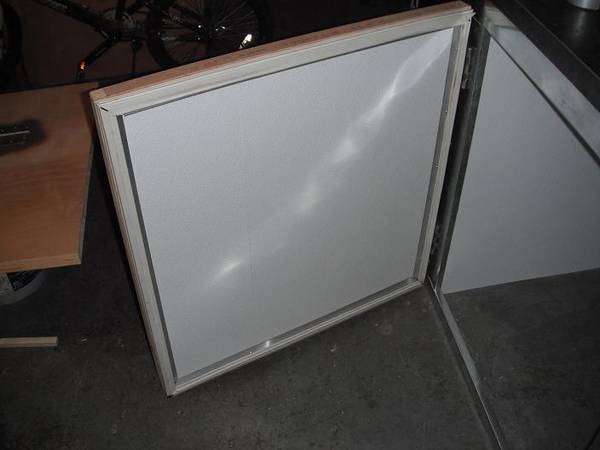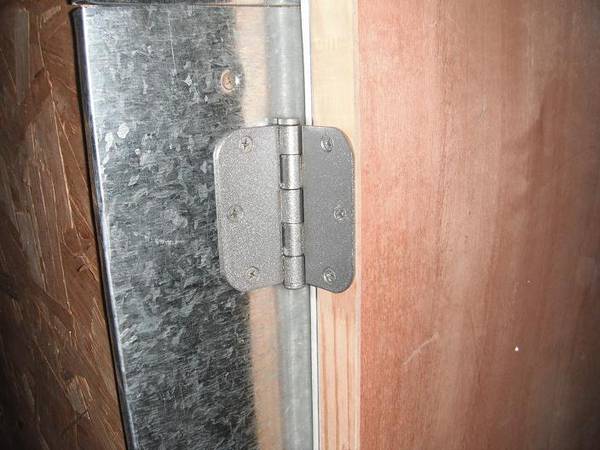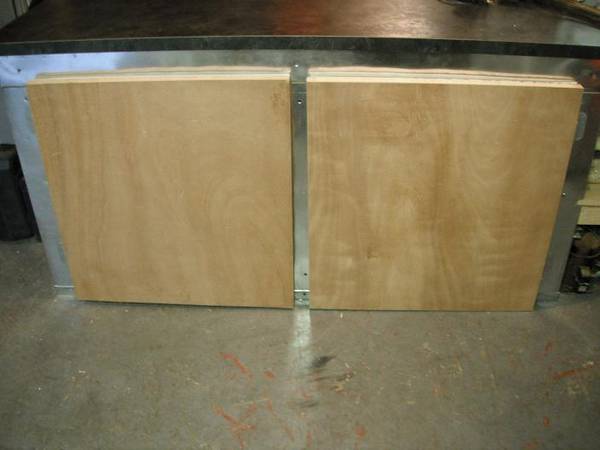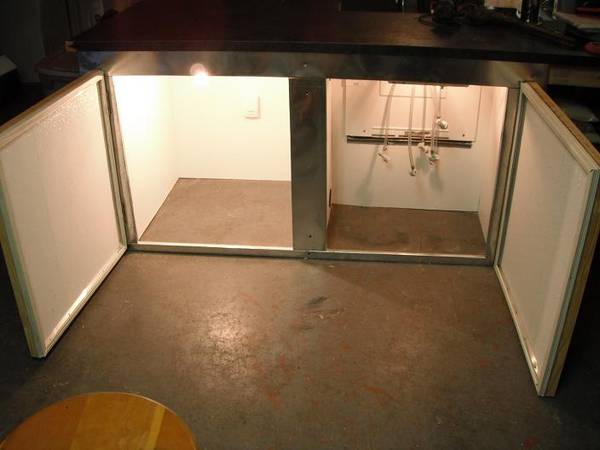Awesome looking build!
I don't know if you ever figured out your grain storage but I use the big plastic garbage cans with a plastic drum liner. I have five cans and each will hold at least two sacks of grain. I waited for a sale and got them for about $10 each. I found the drum liners online somewhere. I think they are 4 mil and I haven't had to replace one yet after using for more than a year.
I ended up going with the HD buckets for now. I wasn't happy about it, but due to the cost of vittles vaults and spring (bugs/mice) getting closer, I didn't have much choice.
BTW, the cheap HD buckets suck ass. Every one of the lids I have had to remove so far have cracked. POS, but keeps the pests out for now.
I need to come over and help. And by help I mean sit in the hot tub and drink your homebrew and watch the work progress.
I doubt it would go much like that

, but I'm always open to meeting other brewers. I brew and que' nearly every weekend, so send me message if you ever want to.
Thanks! Definitely want to see the frost-free tips/tricks as well, but this is a great start.
Would this apply to a typical side-by-side fridge/freezer as well or is this limited to most top/bottom models? Do you know if newer top/bottom models also follow this assembly method that allows easy extraction?
I'm going to try to get a full page done and put it on my site (if I ever get time to actually put together all of my pages) that will cover everything from refrigeration to electrical.
Briefly, it works like this: The defrost timer is set to kick on the defrost burner every 8-12 hours, which is mounted directly under the evaporator coil in the freezer. When the timer comes to the defrost period, it cuts power to the compressor/fan and if the bimetal sensor, which is mounted to the evaporator coil, is telling it that the coil is frozen, it kicks on the burner and thaws the coil. Then it returns to normal cooling mode.
As far as this being possible on side by sides or newer top mount freezer, I'm really not sure. I've repaired many of them, but the older ones are what I have the most experience with as far as completely disassembling.
A lot of fridges have the condenser coil enclosed on the back or mounted underneath. The main thing to look for is how they installed the evaporator coil in the freezer, and if there is an opening that it can be removed easily without cutting the lines.
I'm sure with the right tools, any refrigerator could be cut open and used. This style just happens to be very simple, and was widely used since it was a lower end (cheap) model. You can probably find one similar on CL for cheap/free. Look for whirlpool or roper.




